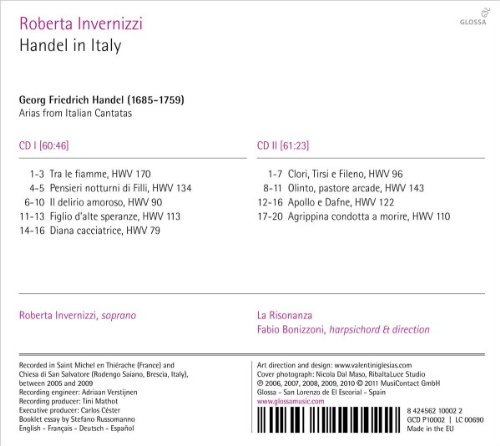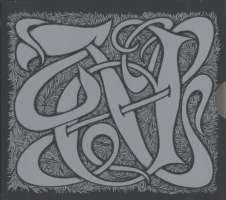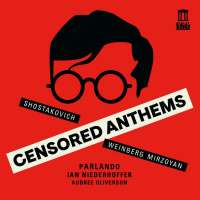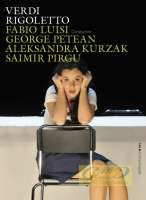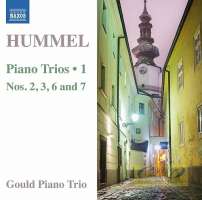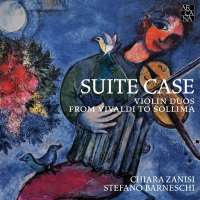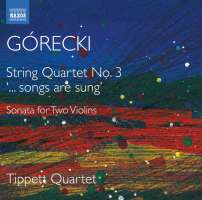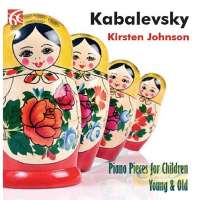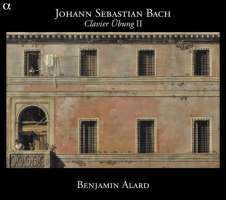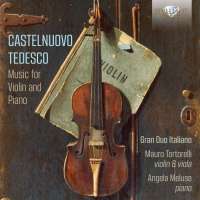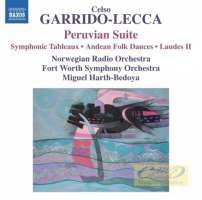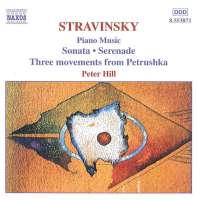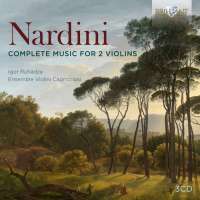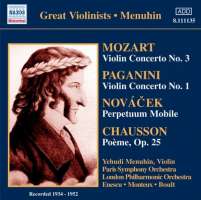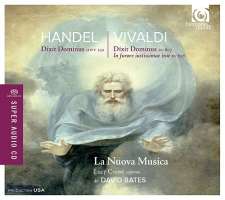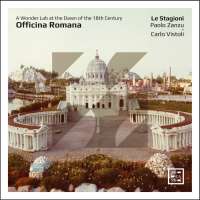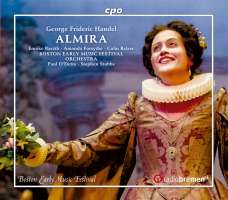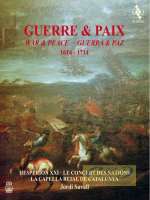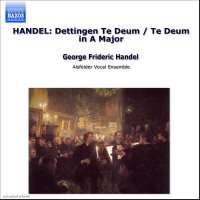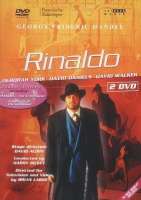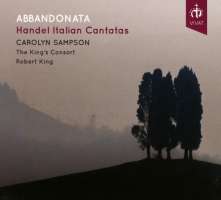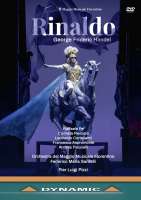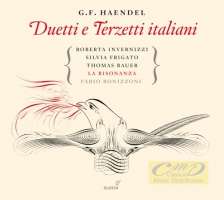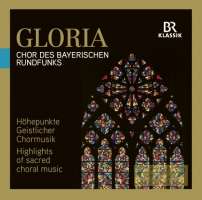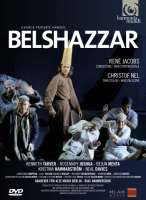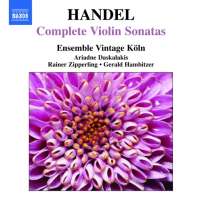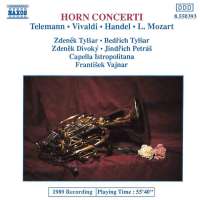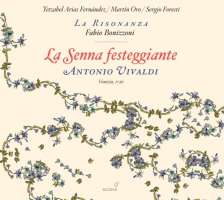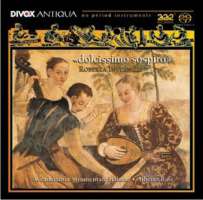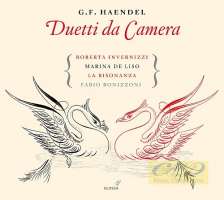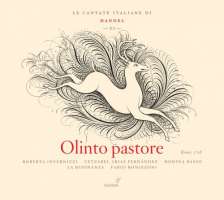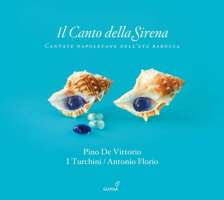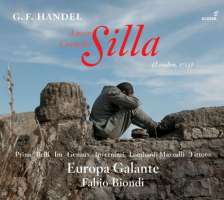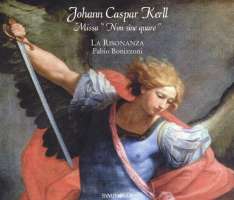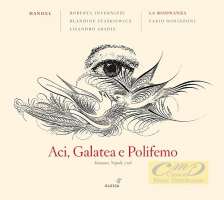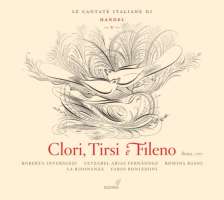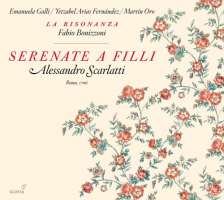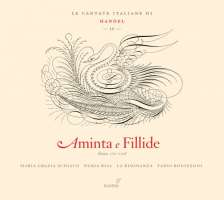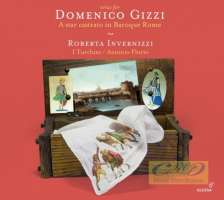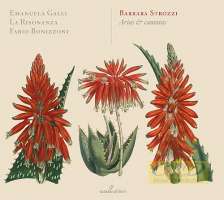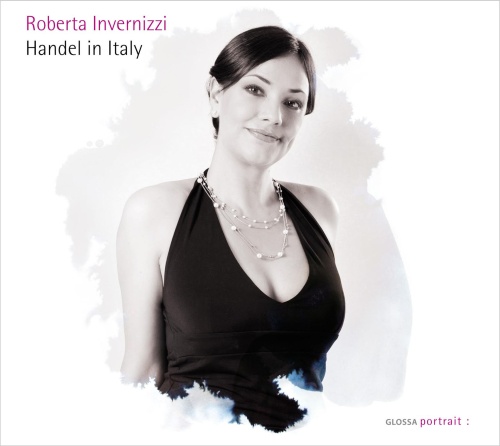
kompozytor
Handel, George Frideric
tytuł
Roberta Invernizzi: Handel in Italy - arie z kantat włoskich
wykonawcy
Bonizzoni, Fabio;
Invernizzi, Roberta;
La Risonanza
Invernizzi, Roberta;
La Risonanza
nr katalogowy
GCD P10002
opis
In May 1707 George Frideric Handel entered into the service of the Marquis Francesco Maria Ruspoli, and under his protection, embarked upon a tremendous career. As well as making a name for himself as a spectacular virtuoso on the harpsichord and organ, through his plentiful concerts in the Roman academies, Handel lost no time in also becoming a highly sought-after composer through his felicitous and apparently inexhaustible inspiration. In addition to a significant number of cantatas for solo voice and basso continuo, Handel also involved himself in composing cantatas for larger numbers of voices, combining these with a large supporting orchestral group. The score of Clori, Tirsi e Fileno is certainly a complex one, as much for its dramatic plotline as for its individually-chosen musical options: the result is a genuine opera in miniature, equipped with real refinement and lightness. Consequently, Clori, Tirsi e Fileno turns - even more so than with other Italian cantata works by the caro Sassone - into an authentic laboratory in which Handel experiments with the most diverse musical and dramatic forms, obtaining by this method a capacity to elaborate that special language which was to locate it firmly within the glories of the theatre, from the past and the present.
• Handel: Agrippina condotta a morire, HWV 110
• Handel: Apollo e Dafne, HWV 122
• Handel: Clori,Tirsi e Fileno (Cor fedele, in vano speri) HWV96
• Handel: Diana Cacciatrice HWV 79
• Handel: Figlio d'alte speranze, HWV 113
• Handel: Il delirio amoroso, HWV 99
• Handel: Olinto, pastore arcade (Oh! Come chiare e belle) HWV 143
• Handel: Pensieri notturni di Filli (Nel dolce dell'oblio), HWV 134
• Handel: Tra le fiamme, HWV170
Works:
• Handel: Agrippina condotta a morire, HWV 110
• Handel: Apollo e Dafne, HWV 122
• Handel: Clori,Tirsi e Fileno (Cor fedele, in vano speri) HWV96
• Handel: Diana Cacciatrice HWV 79
• Handel: Figlio d'alte speranze, HWV 113
• Handel: Il delirio amoroso, HWV 99
• Handel: Olinto, pastore arcade (Oh! Come chiare e belle) HWV 143
• Handel: Pensieri notturni di Filli (Nel dolce dell'oblio), HWV 134
• Handel: Tra le fiamme, HWV170
nośnik
CD
x 2
gatunek
Muzyka klasyczna
producent
Glossa
data wydania
25-05-2011
EAN / kod kreskowy
8424562100022

(Produkt nie został jeszcze oceniony)
cena 79,00 zł
lubProdukt na zamówienie
Wysyłka ustalana indywidualnie.
Darmowa wysyłka dla zamówień powyżej 300 zł!
Darmowy kurier dla zamówień powyżej 500 zł!
sprawdź koszty wysyłki